Solar energy projects are providing American farms and rural communities with financial stability and a new revenue source, said a report from the Solar Energy Manufacturers for America (SEMA).
Modern farming is characterized by high capital investment and volatile costs for inputs like fertilizer and fuel. Solar development offers a steady, long-term economic counterpoint to these pressures, helping to secure the continuation of family-owned agricultural land, said SEMA.
Lease payments generated by solar installations can deliver predictable, long-term income, a reliable financial element uncommon in the agricultural business model. This consistent revenue offsets rising property taxes, equipment costs, and loan payments.
The stability helps prevent the sale of farms driven by financial strain, said SEMA. Data from the Purdue University–CME Group Ag Economy Barometer confirms that in early 2024, over 50% of farmers discussing solar leases were offered annual payments of $1,000 per acre or more. This payment rate often surpasses the net return achievable from traditional crop production on the same acreage, said SEMA.
Solar development also provides financial benefits to local governments through an expansion of the tax base. Each installation generates new, stable tax revenue that funds public services, said the report. This new revenue stream supports schools, fire departments, and critical infrastructure. Counties that previously depended on seasonal agricultural income gain a reliable, multi-year funding source, allowing investment in community services like road repair and broadband expansion.
While public concerns have been raised about converting farmland for solar development, the total land area used for solar development constitutes a small percentage of working farmland, said SEMA. The American Farm Bureau Federation reported that total land utilized for solar amounts to approximately 1.25 million acres, representing only 0.14% of the nation’s 879 million acres of working farmland. This footprint is minor compared to the total agricultural land lost nationwide to other forms of development, such as residential and commercial sprawl. Since 2017, the U.S. has lost over 20 million acres of farmland to these non-solar uses.
Furthermore, projects like the Snipesville Solar Ranch in Georgia demonstrate the value of agrivoltaics, where farming practices and solar energy production are co-located. At the Snipesville Solar Ranch, solar developer Silicon Ranch integrates managed sheep grazing as part of its Regenerative Energy program, maintaining healthy soil and vegetation while reducing vegetation maintenance costs.
This synergy between solar deployment and agriculture provides farmers with a viable tool for managing risk, strengthening farm operations, and ensuring the economic resilience of rural communities, said the report.
“The long-term outlook for solar in agricultural regions is one of balance and resilience,” said the report’s author Dylan Kezele, policy manager, SEMA Coalition. “As farmers look to diversify revenue and manage the pressures of weather, drought, and volatile markets, solar provides an adaptable tool that helps keep land in family hands rather than sold for development. It is about putting it to work in new ways that strengthen rural communities, create good-paying American jobs, and build a more resilient and affordable energy and agricultural future.”
This content is protected by copyright and may not be reused. If you want to cooperate with us and would like to reuse some of our content, please contact: editors@pv-magazine.com.
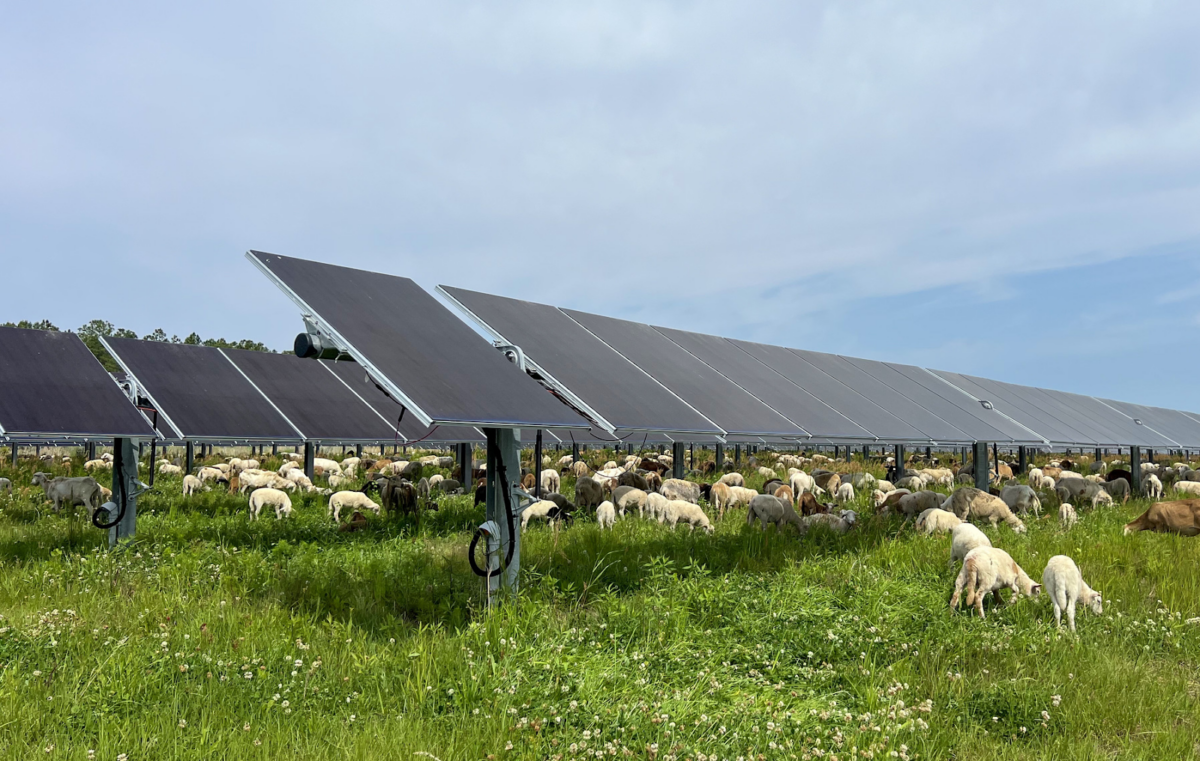
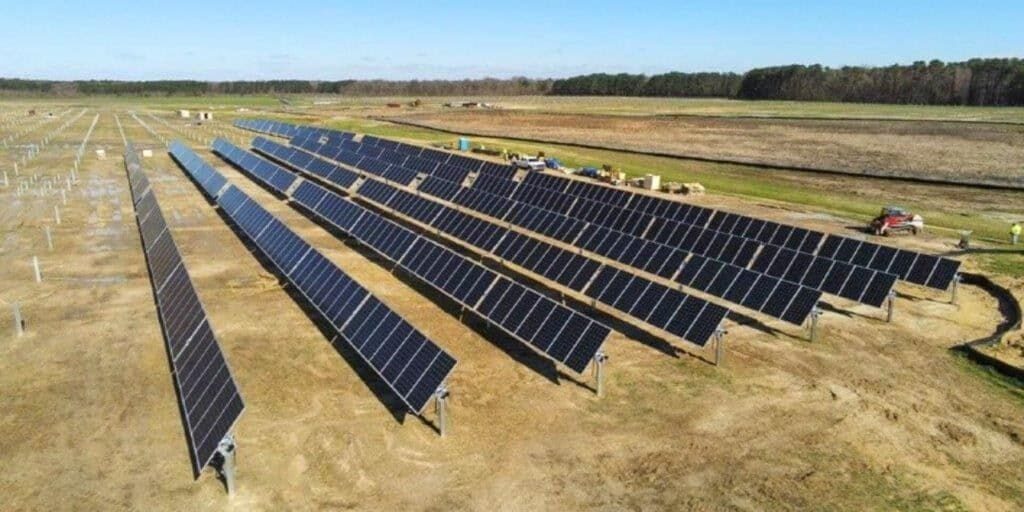



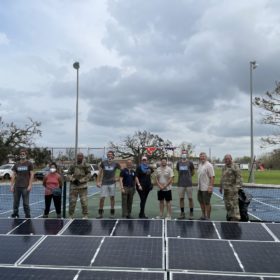
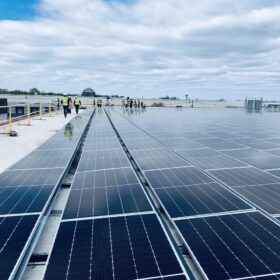
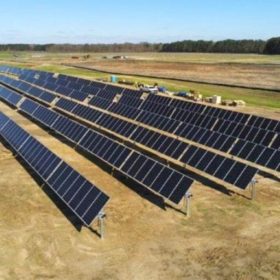
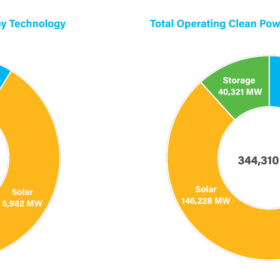
Excellent article. Thanks to Ryan Kennedy for his research and documentation.